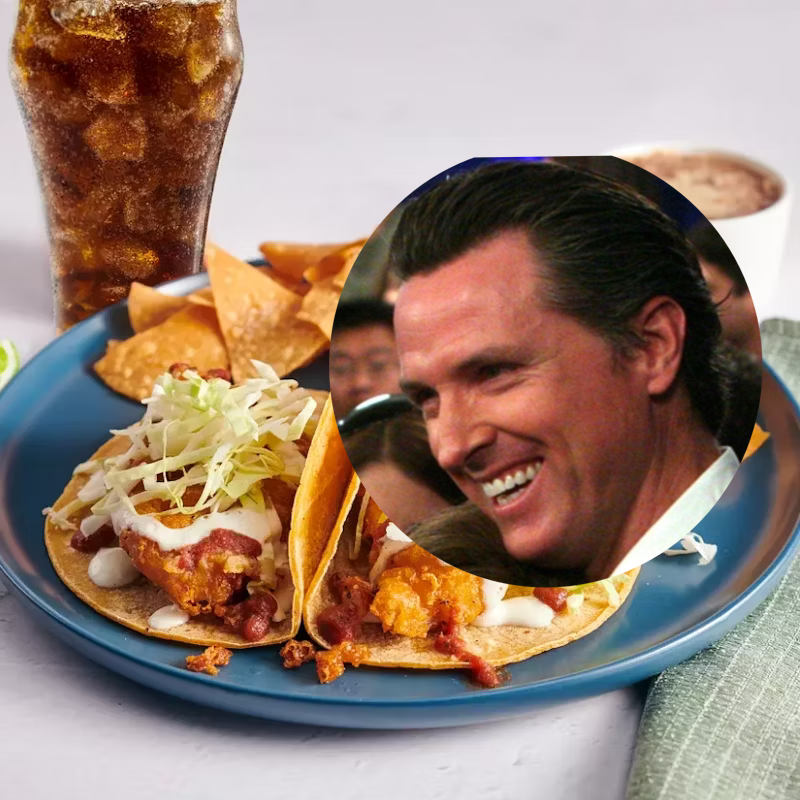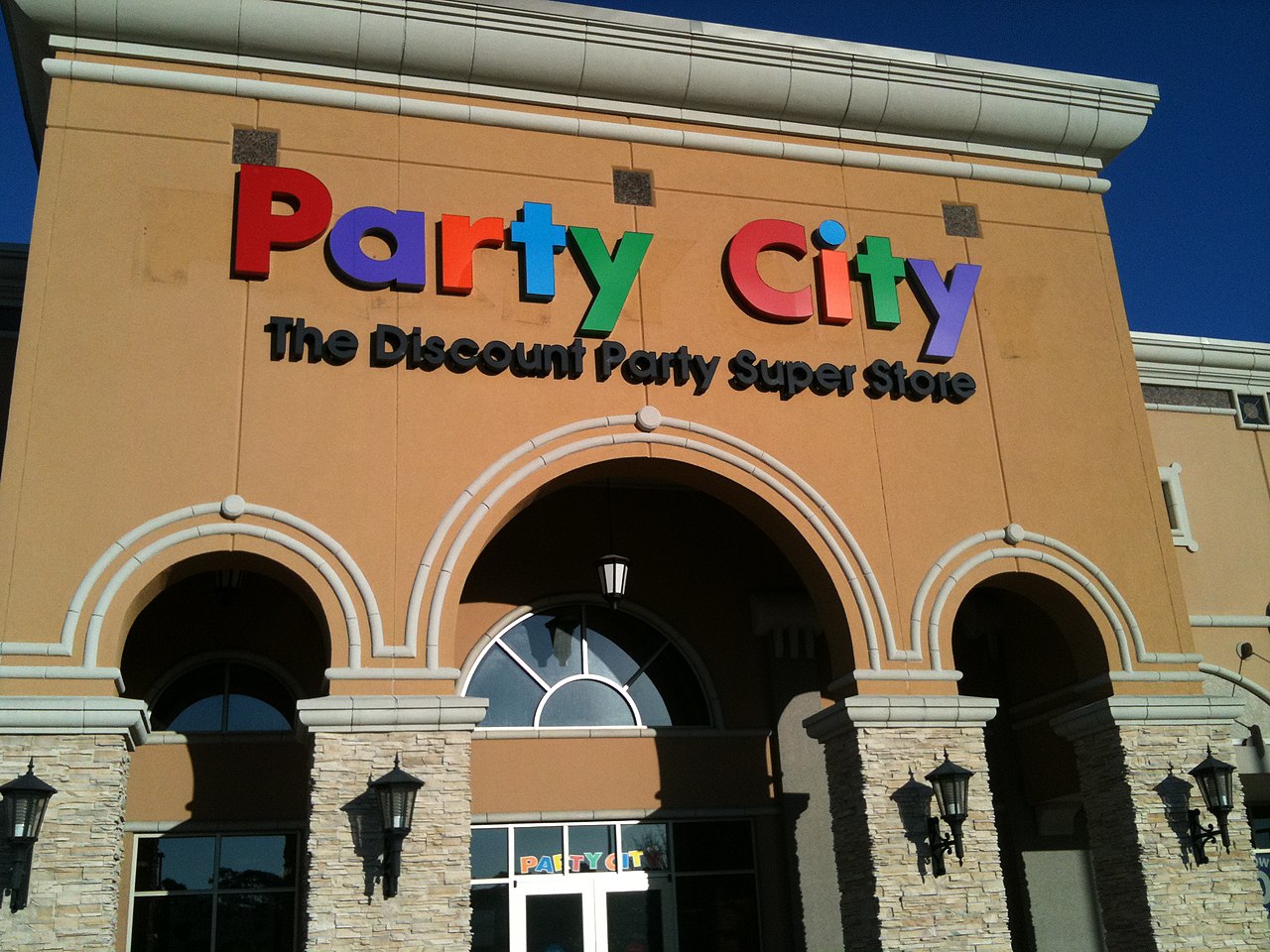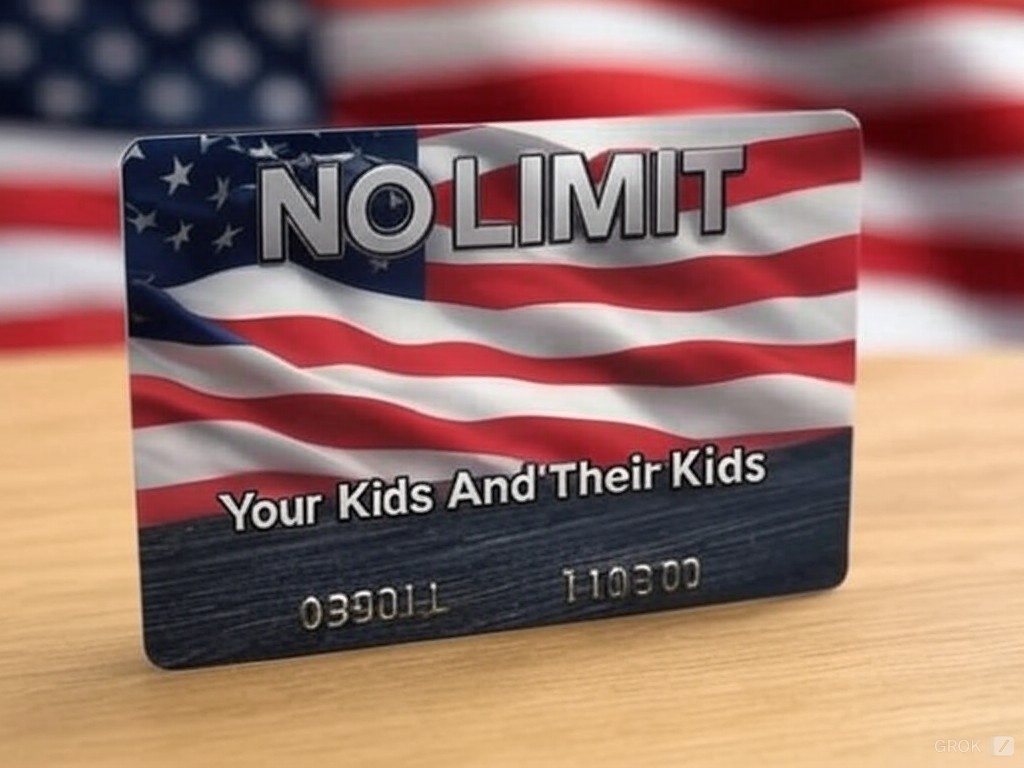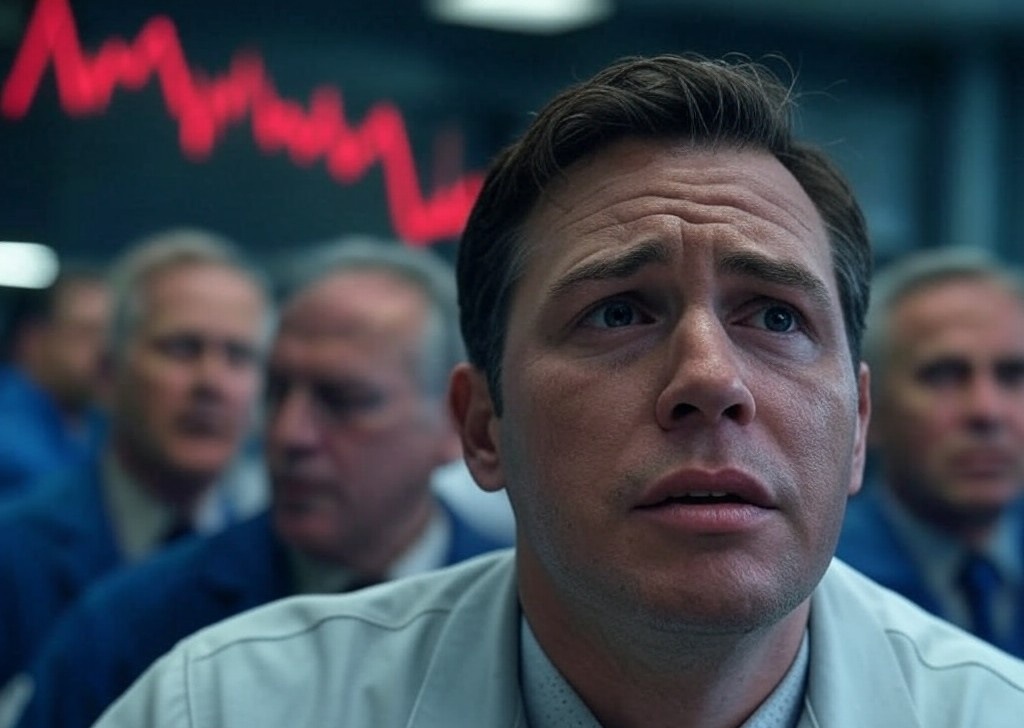California’s recent minimum wage hike to $20 per hour, signed into law by Governor Gavin Newsom, has forced fast food chains to rethink their pricing strategies. While many initially feared that higher labor costs would lead to increased prices, a different trend is emerging. To attract customers, some restaurants are introducing new value menus, potentially leading to lower prices on select items. These may not last, and customers are savvy to lowering prices but reducing quantities.
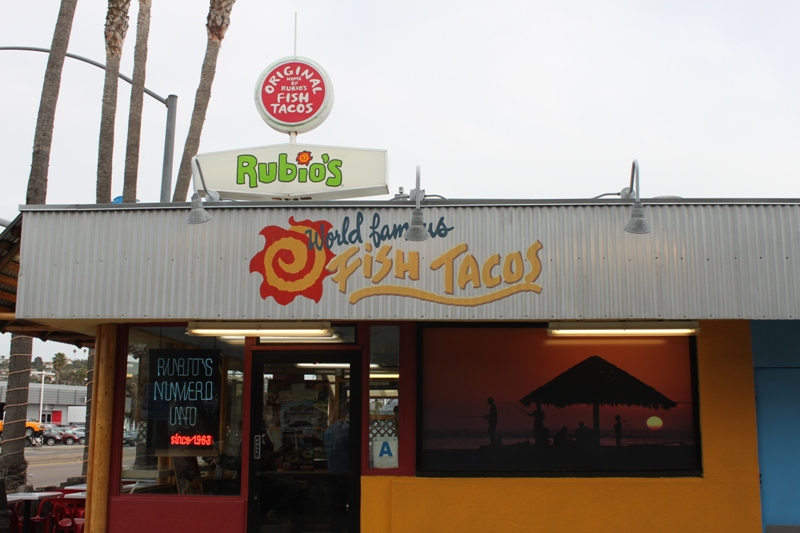
A recent example of a failed loss leader, indeed a free one was Rubio’s Coastal Grill offering a free, à la carte Rubio’s taco, with any purchase, the day after the game for every San Diego Padre base stolen. Rubio’s filed for bankruptcy in June 2024.
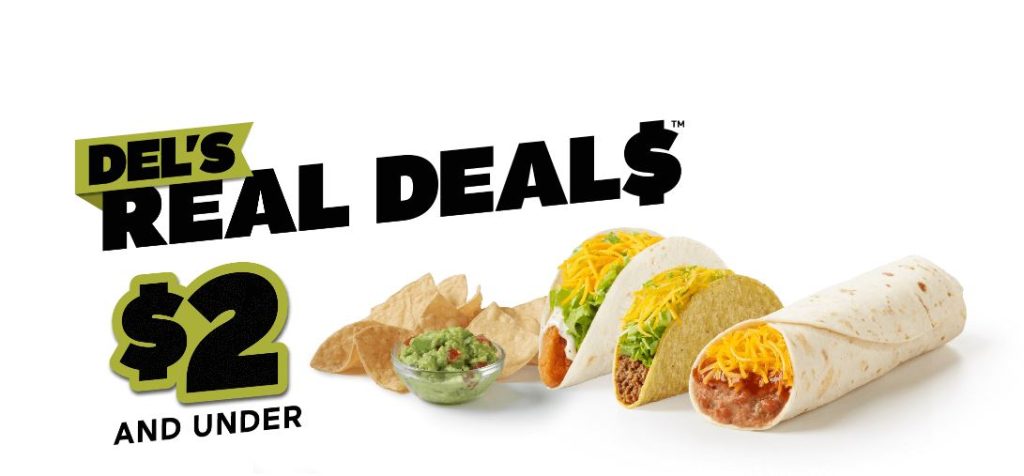
Del Taco’s value menu, featuring over a dozen items priced at $2 or less may be too good to last. This menu includes popular items like tacos, burritos, and nachos, as well as a new addition: snack-sized chips with house-made guacamole. This move comes as Del Taco faces a 1.4% decline in same-store sales during fiscal Q2 2024, largely due to reduced customer traffic.
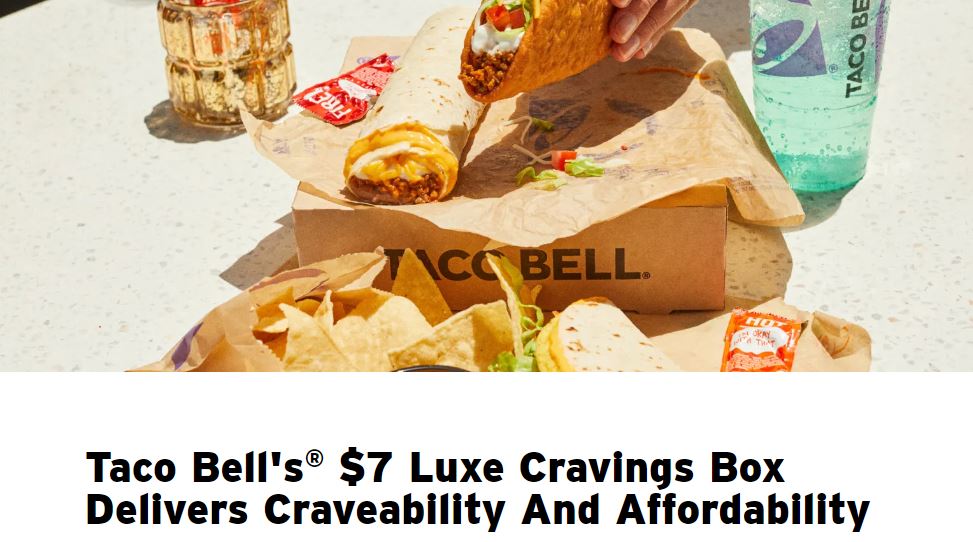
Similarly, Taco Bell updated its Cravings Value Menu in January, though many items are priced above $2. Sonic also introduced a permanent $1.99 value menu earlier this month. These initiatives highlight the fast food industry’s efforts to offer attractive deals to price-sensitive customers.
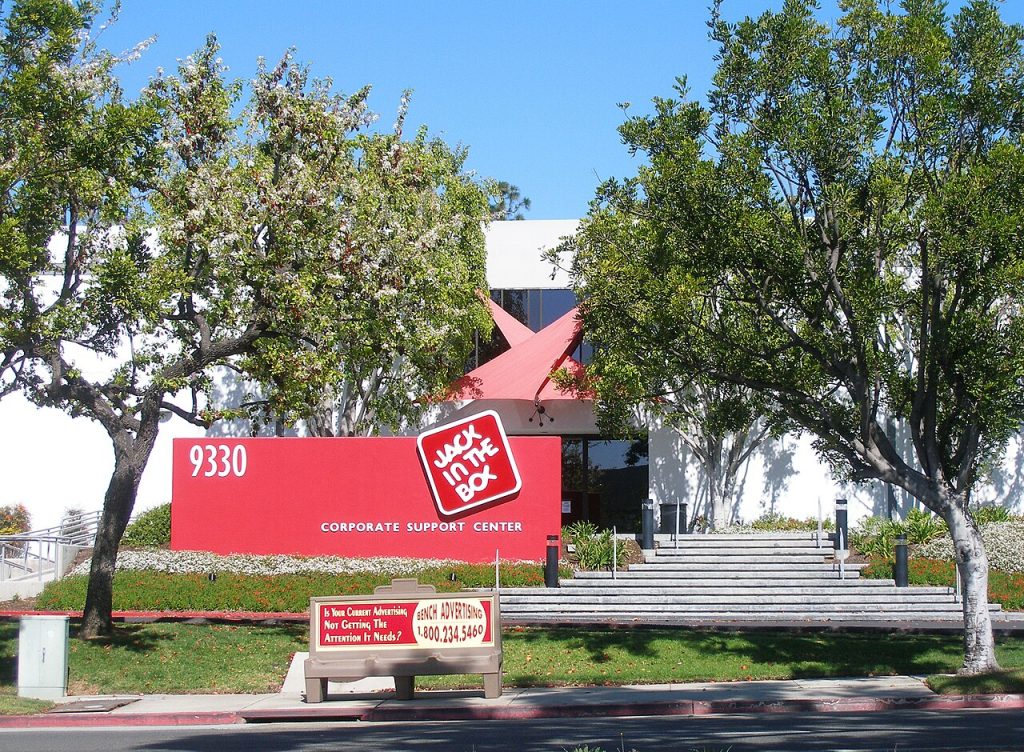
Value menus are not new to Del Taco. Last year, the chain offered limited-time value options like $5 Del’s Deal Value Meals, which combined tacos, burritos, fries, and drinks. In March, Del Taco introduced a 2 for $3 Crispy Tacos and Egg & Cheese Breakfast Rollers deal. Promoting value remains a central focus for both Del Taco and its parent company, Jack in the Box, which has rolled out its Munchies Under $4 menu.
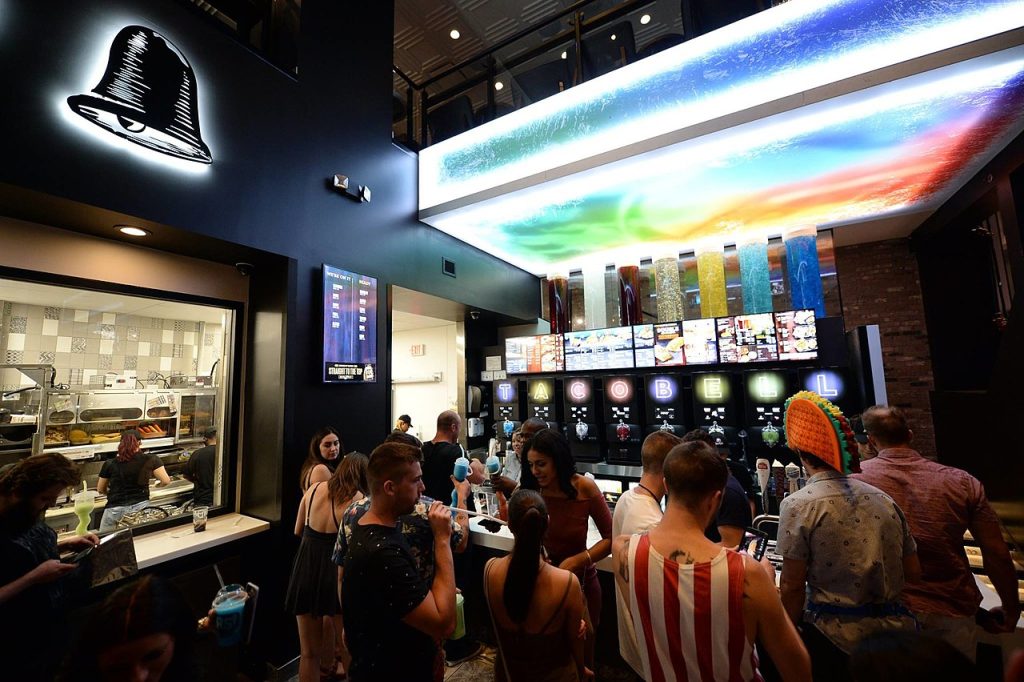
The push for value-driven menus is a direct response to the competitive landscape intensified by California’s minimum wage hike. As restaurants compete for customer foot traffic, offering low-cost menu options becomes crucial. While higher labor costs might initially suggest price increases, value menus could help drive customer traffic, potentially leading to lower prices on select items.
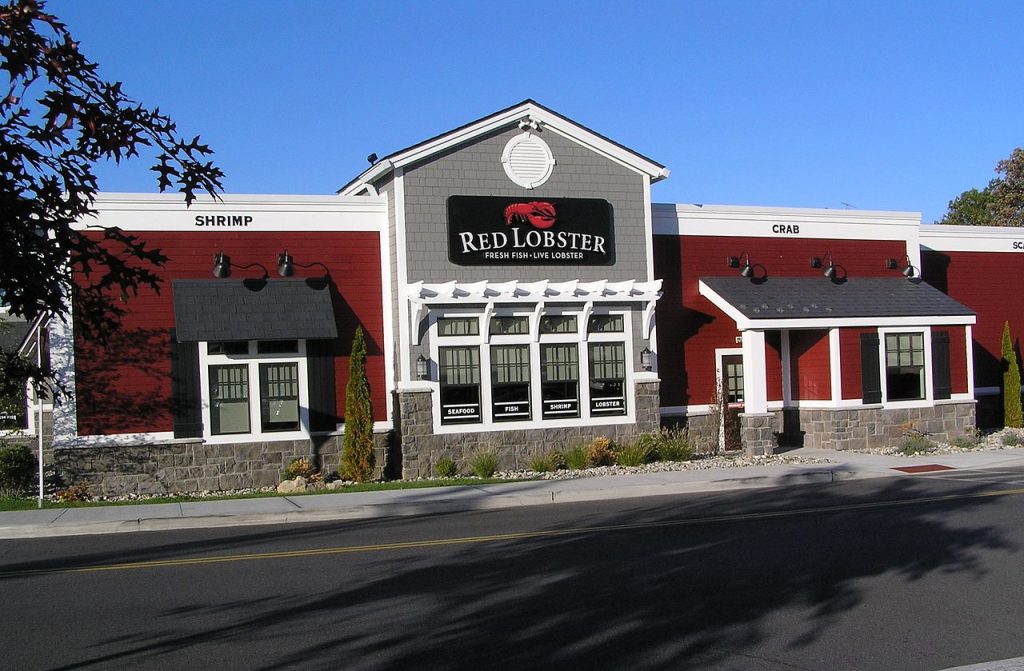
The sustainability of this strategy is questionable. The concept of loss leaders in the restaurant industry can be precarious. Red Lobster’s experience with its Endless Shrimp promotion provides a cautionary tale. This promotion was a loss leader, intended to attract customers in hopes of boosting overall sales. However, Red Lobster suffered $11 million in losses after making the deal permanent in May 2023. This was only a small part of the $76 million net loss in fiscal year 2023, which was attributed to weak restaurant performance, inflationary and wage pressures, unfavorable leases, and mismanagement.
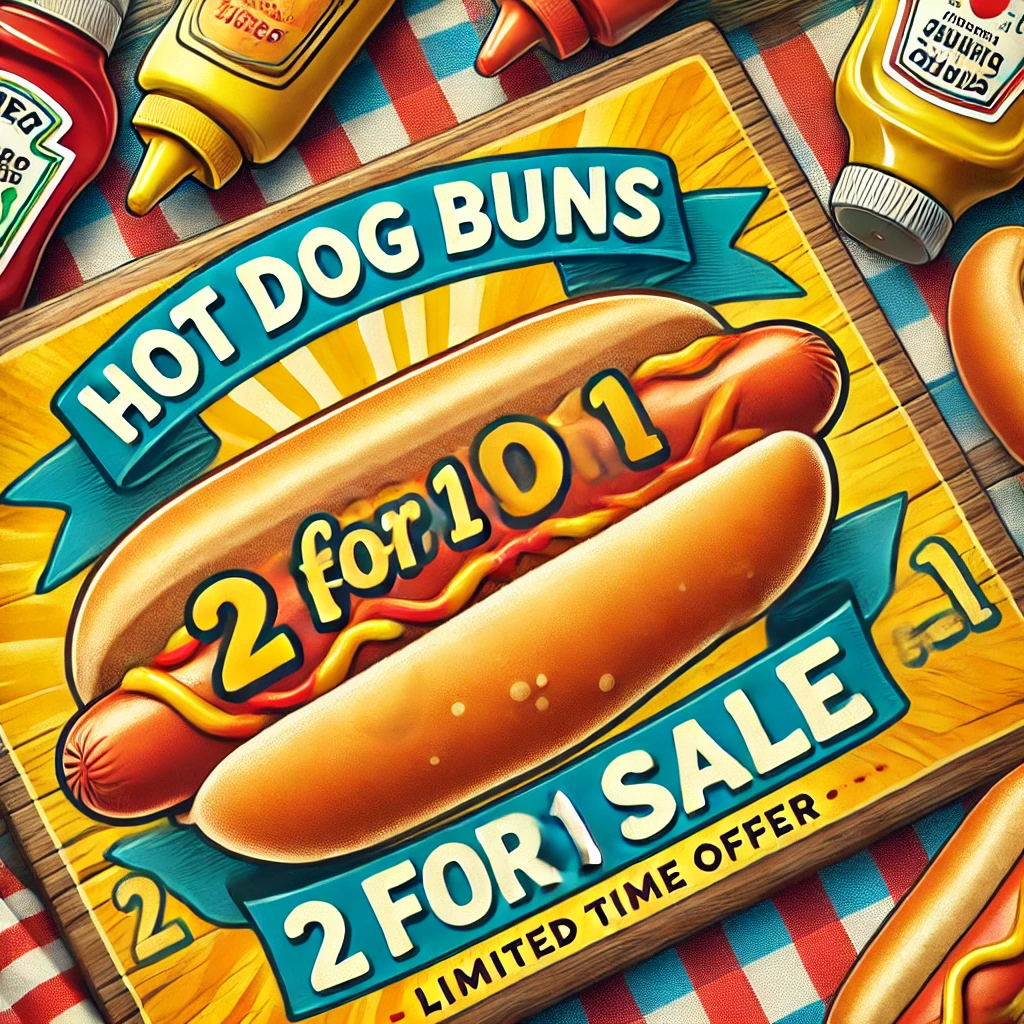
Loss leaders like the Endless Shrimp can be challenging because customers often come specifically for the promotion and leave without making additional purchases. In contrast, a grocery store can balance the losses from a discounted item with other sales, as customers tend to buy multiple items, including necessary accompaniments. Restaurants struggle with this balance, as patrons typically come for the specific promotion and may not purchase additional items.
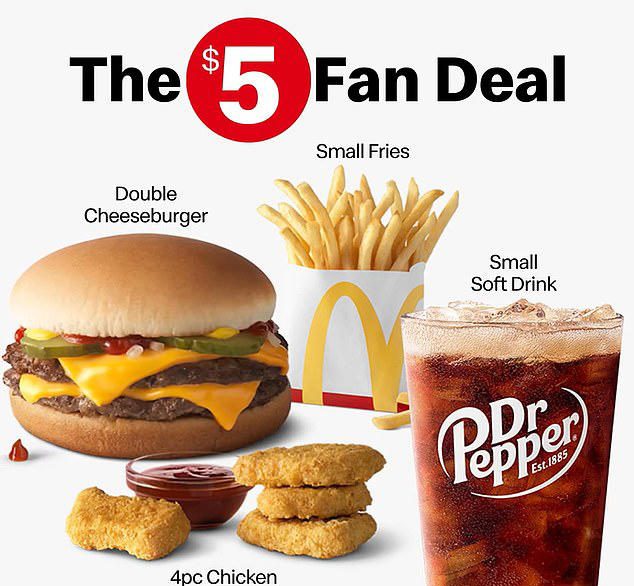
The fast food industry may face similar challenges with their value menus. If consumers focus solely on low-priced items, the intended boost in foot traffic might not compensate for the losses incurred from these promotions. This delicate balance between attracting customers with deals and ensuring profitability is crucial for the long-term sustainability of such strategies.
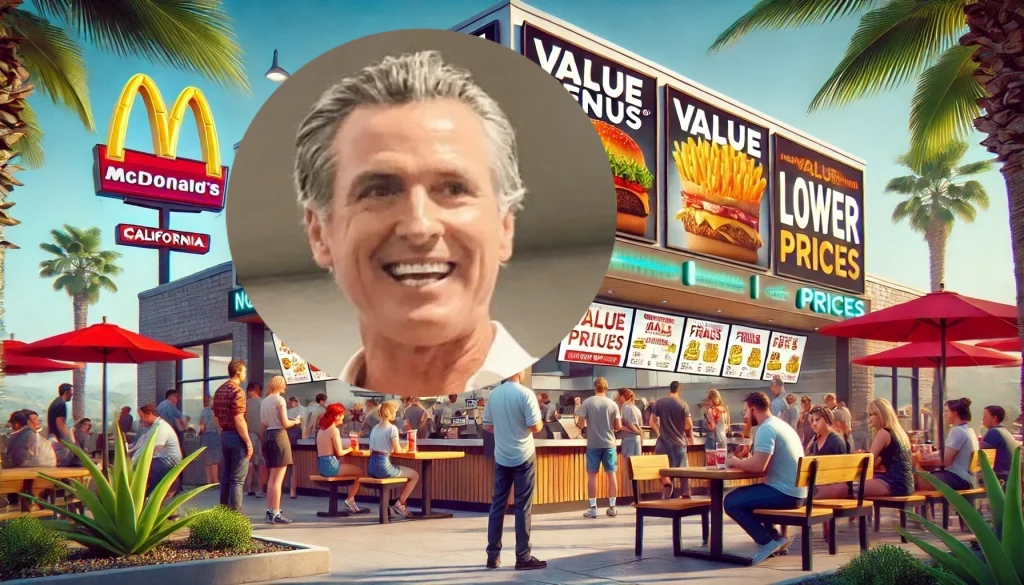
Governor Newsom’s minimum wage hike has indeed sparked a significant shift in the fast food industry’s approach to pricing. Instead of uniformly raising prices, chains like Del Taco are rolling out value menus to attract more customers. While this strategy addresses the financial challenges posed by higher labor costs and caters to a price-sensitive market, its long-term viability remains uncertain. If fast food chains cannot balance the demand for low-priced items with overall profitability, these value menus may not last, mirroring the struggles faced by Red Lobster.

